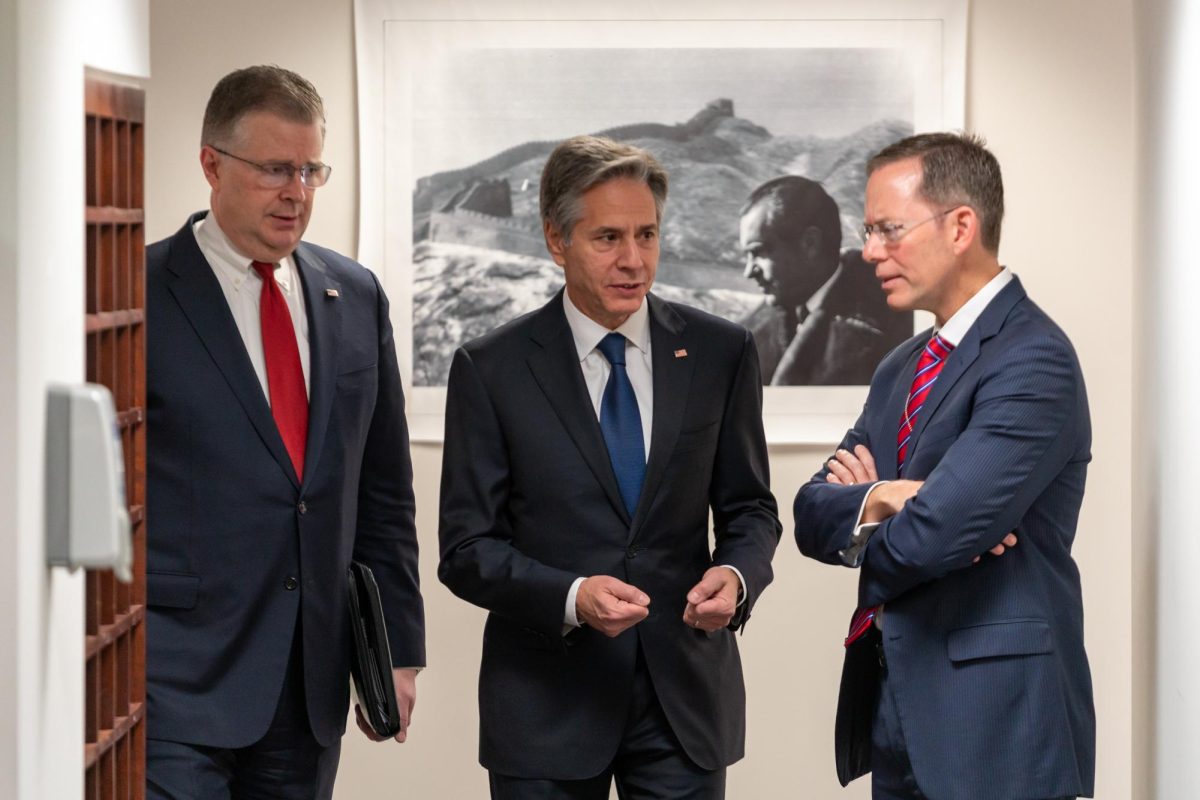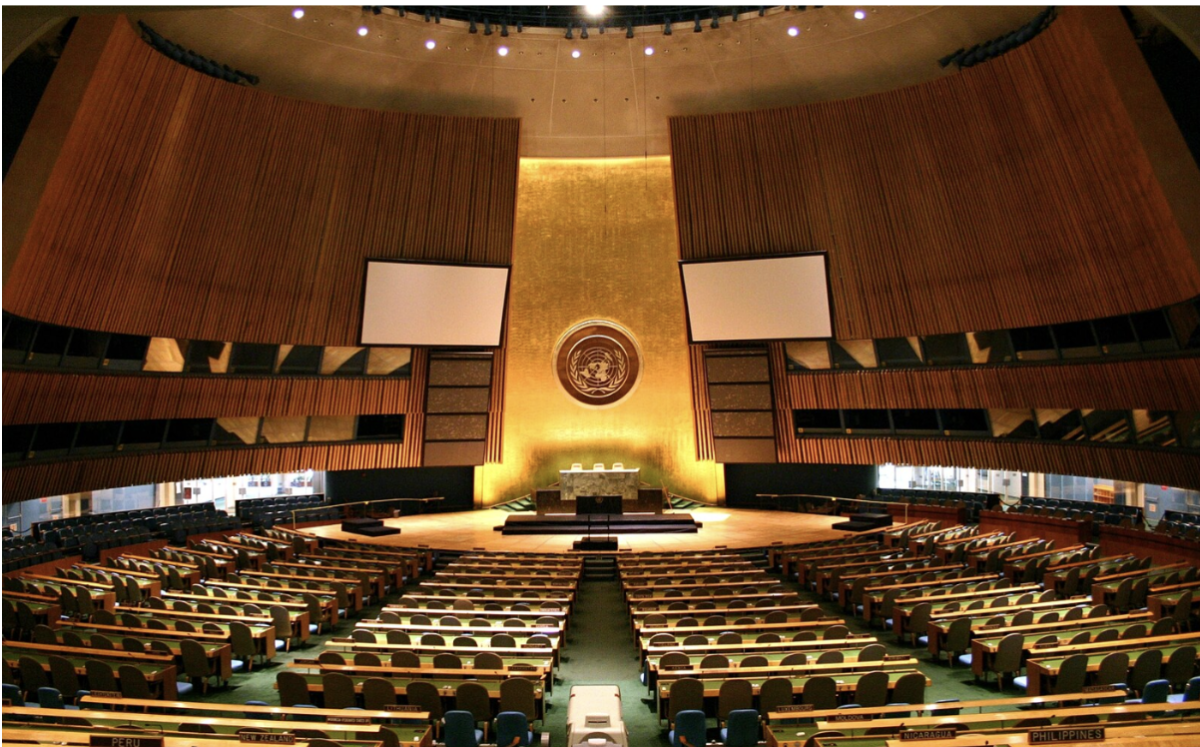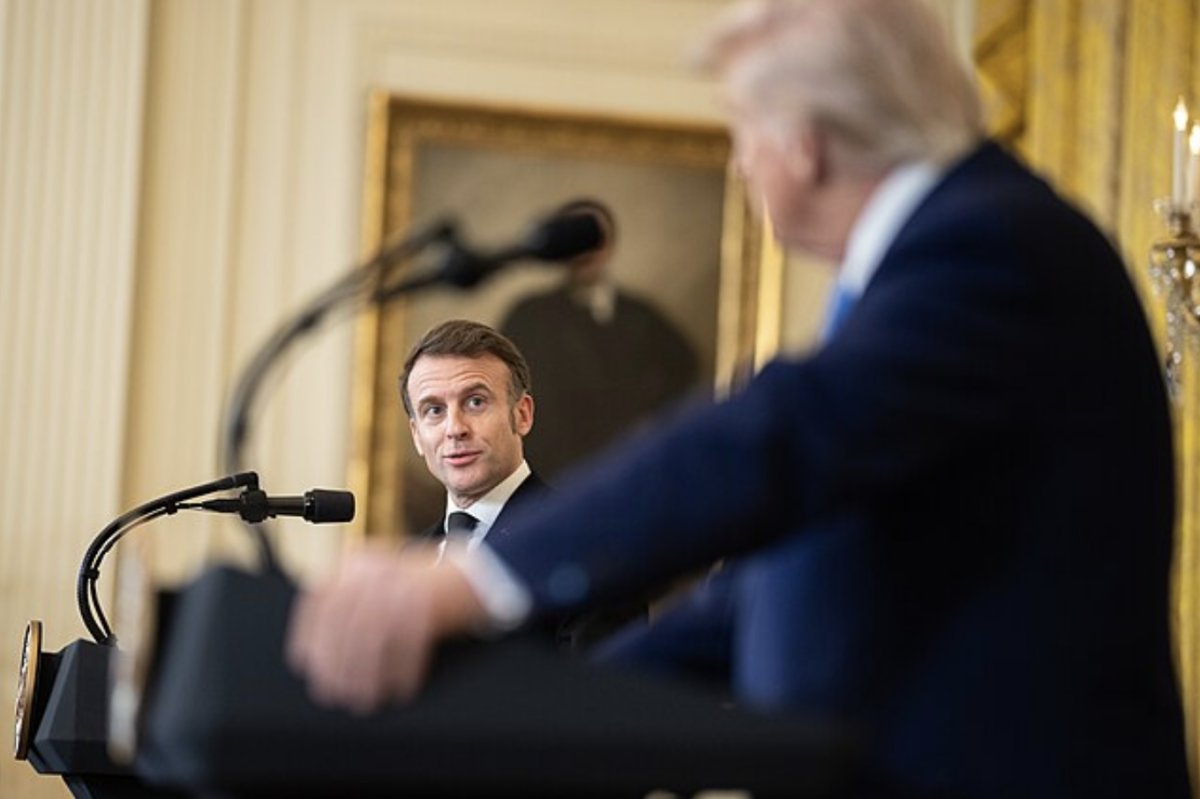Globalization is being overhauled. In the 1980s, coincident with the fall of the Iron Curtain and the ebb of Communism, an era of largely unfettered international trade began, engendering tremendous growth in the global economy. Deeply interdependent trade relations became the norm and the foundation for the modern interconnected world. Recently, however, economic shocks resulting from COVID-19 and the Ukraine War exposed the vulnerabilities inherent in such interdependence. In part due to concern over these vulnerabilities, the US has implemented “derisking” policies aimed at fortifying its economy against an increasingly capricious world.
US officials are leaning on the rhetoric of derisking to justify a new ideology that incorporates national security concerns and a desire to maintain global influence into economic strategy. This ideology, which has come to be called the New Washington Consensus, reflects an approach to the global economy that wields derisking as both a shield and a cudgel. Resulting policies, such as the CHIPS Act, have imposed restrictions on US-China trade and undercut Chinese innovation.
Scholars have argued that economic interdependence is a barrier to war, and by decreasing interdependence, derisking is raising the likelihood of US-China conflict. I discussed this concern with Vanderbilt Political Science Professor Andrew Coe, whose research explores the implications of economic interdependence for war.
Professor Coe described a troubling dynamic, “Government-imposed restrictions on valuable commerce sacrifice some of the possible gains from trade. Because this generally harms other countries, trade restrictions create a conflict of interest between the country imposing them and its commercial partners abroad. The more stringent the restrictions, the greater the economic loss suffered by other countries, and the more severe this conflict of interest becomes.” This, he explained, can spark conflict “as one country tries to force another to reduce its restrictions.”
However, economic derisking rarely causes war as, Coe described, “conflicts of interest over trade restrictions are almost never severe enough to lead to war.” US-China derisking will likely carry on as a series of thrusts and parries that remain within the economic realm.
In the early Xi Jinping era, China began to shift away from “reform and opening” – the strategy that had guided its economic policy since 1979 – towards a more internationally oriented strategy referred to as the “Dual Circulation Economy”. In an interview with the Asia Society, Australian ambassador to China, Hon. Dr. Kevin Rudd, discussed this tectonic strategy shift, stating, “The Dual Circulation Economy means that the Chinese economy will grow in the future in a manner much more driven by domestic consumer demand, less dependent on international trade, less dependent on international capital flows.” The subtext of this increasingly self-reliant national economy, Rudd explains, is a desire to be “less dependent on the international economy because of security.”
China’s focus on domestic production reflects a bet that its influential position in the global economy will cause other nations to increase their dependence on Chinese production. These dependencies would both engender greater international political support for China and allow the nation to weaponize its economy by detaching from international trade when doing so would advance security interests. Han Wenxiu, a leading figure in the CCP’s Central Financial and Economic Affairs Department stressed the importance of the policy, describing it as “a proactive step, not a passive response; a long-term strategy, not an interim measure.”
The Dual Circulation initiative is an enormous thrust for global economic and political preeminence. The US has countered this thrust with The New Washington Consensus, an economic restructuring of its own.
In a speech at Brookings, Biden’s National Security Advisor Jake Sullivan explained that the New Washington Consensus is essentially an ideological reorientation of US economic strategy. The traditional approach to trade liberalization assumed that “bringing countries into the rules-based order would incentivize them to adhere to its rules.” Recent years have shown, however, that economic integration, “didn’t stop China from expanding its military ambitions in the region, or stop Russia from invading its democratic neighbors.”
The policy born of this ideological reorientation is comprised of a domestic agenda designed to spur American industry, and an international front that aims to protect US security interests and project influence.
Domestically, Sullivan describes, the New Washington Consensus constitutes a “hands-on investment strategy to pull forward innovation, drive down costs, and create good jobs.” This domestic rejuvenation will come through government investment in US industries that presently struggle against their highly subsidized Chinese counterparts. Trade restrictions and tariffs on specific Chinese imports will also make critical domestic industries competitive.
The international leg of the Consensus will aim to limit supply chain vulnerabilities and out-compete the Belt and Road Initiative (BRI) – China’s infrastructure development initiative that aims to strengthen its global economic influence.
The US counter to the BRI is the Partnership for Global Infrastructure and Investment (PGII). In his Brookings speech, Sullivan described the PGII’s scope, stating, “PGII will mobilize hundreds of billions of dollars in energy, physical, and digital infrastructure financing between now and the end of the decade.” Sullivan explains that the PGII was designed to out-maneuver Chinese BRI as unlike BRI funds, “projects under PGII are transparent and high-standard and in service of long-term, inclusive, and sustainable growth.”
PGII will rally private and public sector funds from the G7 nations to develop energy, health, and technology infrastructure in recipient nations. By inducing developing nations to accept PGII funding instead of BRI money, the US hopes to win those nations away from Chinese influence.
Scrutiny of trade will also be increased. Washington is, Sullivan explained, “enhancing the screening of foreign investments in critical areas relevant to national security.” By limiting trade with China and offering an alternative to the BRI, the New Washington Consensus impairs Chinese domestic productivity and undercuts its efforts at foreign influence. The New Washington Consensus thus counters both prongs of the dual circulation economy.
The New Washington Consensus aims to undercut China’s economic machinations by securitizing global trade. Presently, the open economy that has defined the last half-century is being bent to serve security concerns.
Article continues in part II
Photo by U.S. Department of State from United States, Public domain, via Wikimedia Commons








